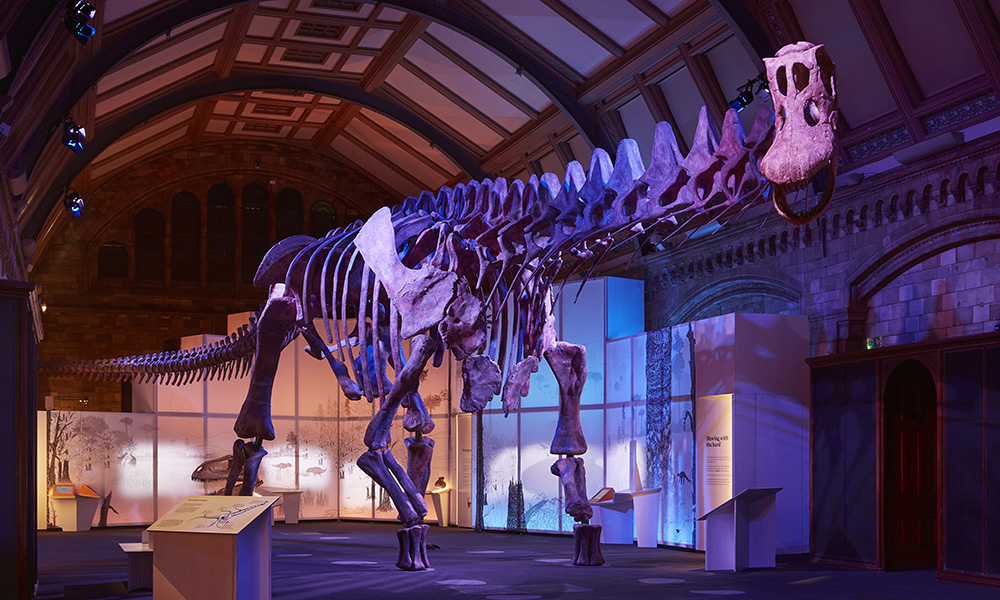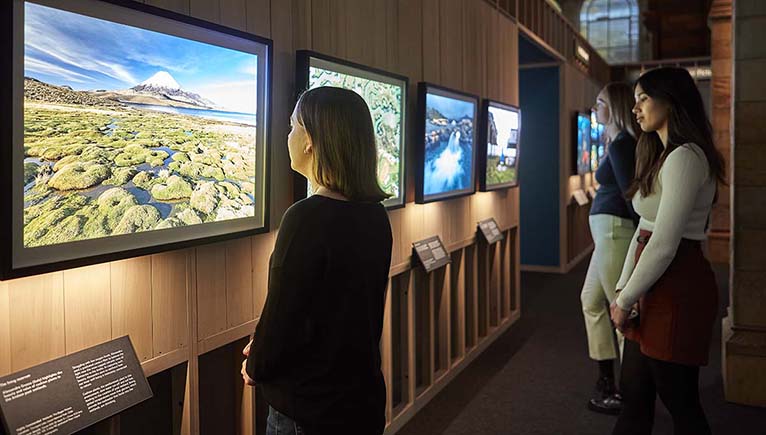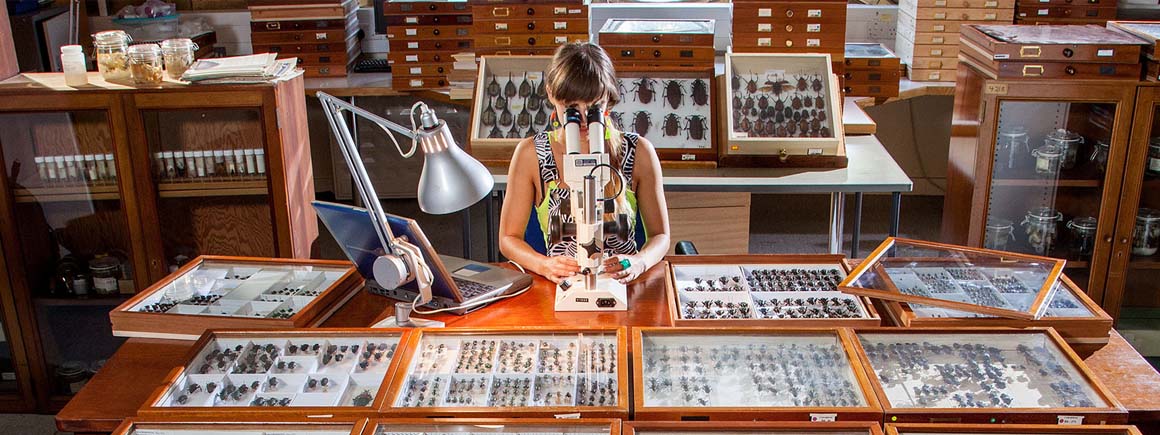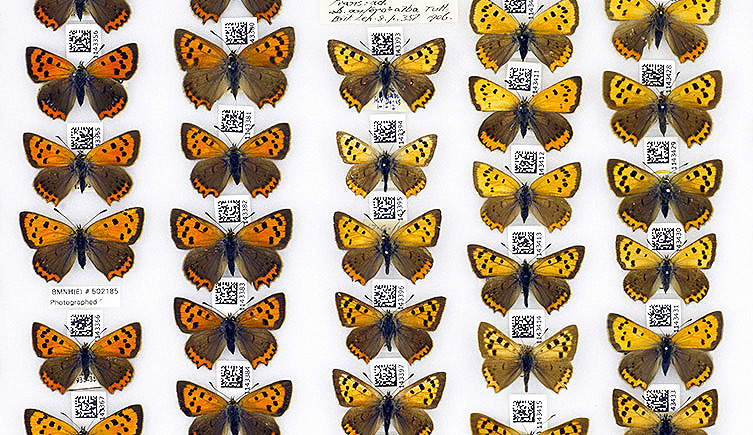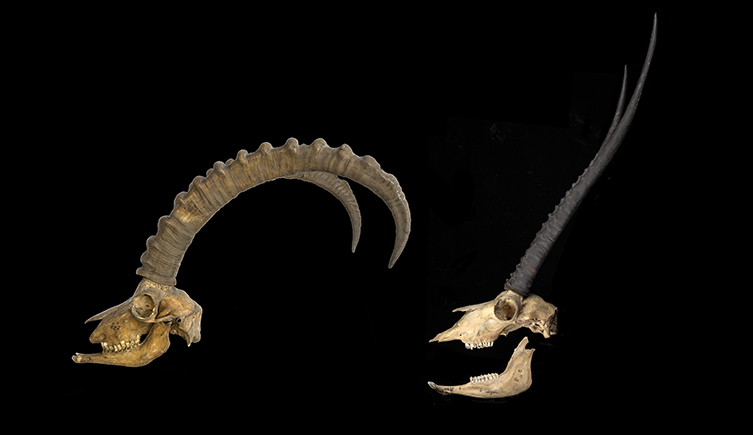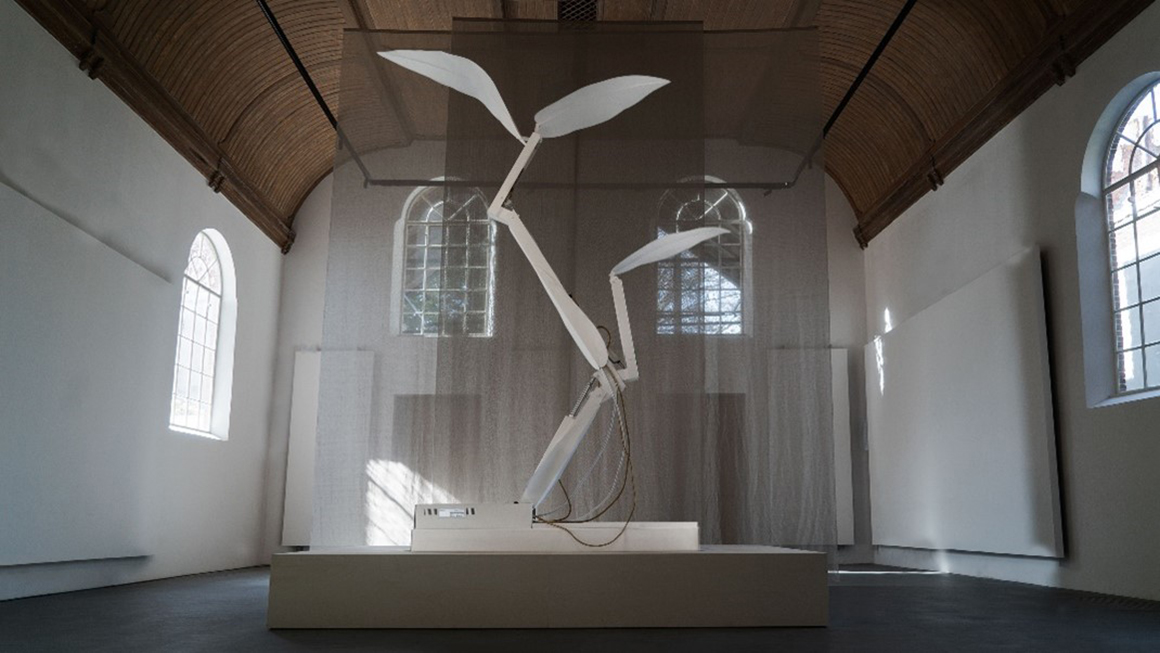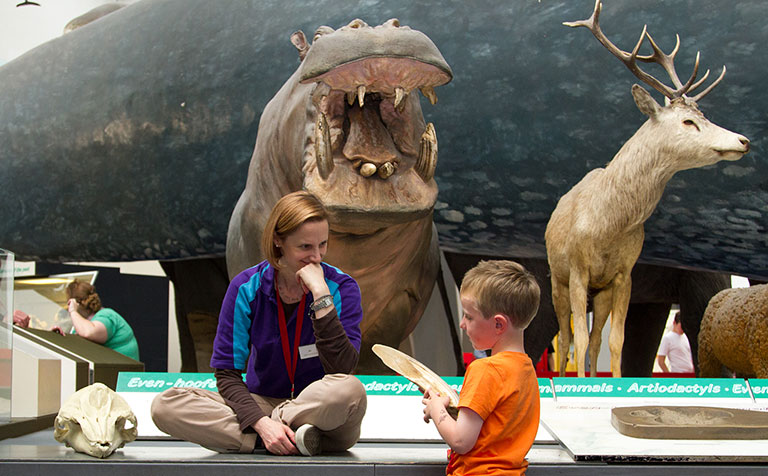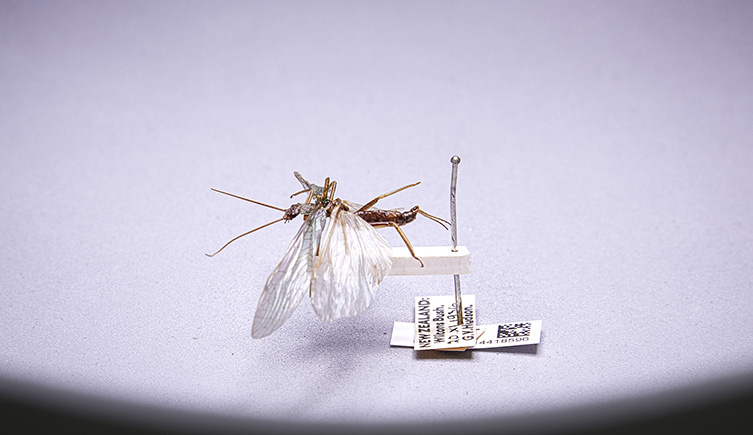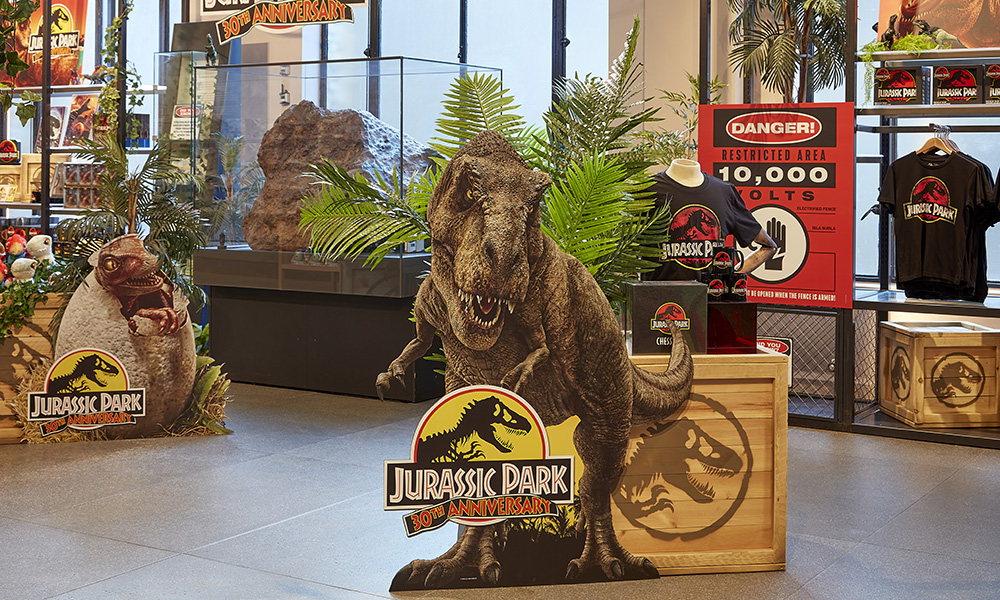Alongside physical changes, we can also gain valuable insights into the history - and the future - of insects by looking at their genes. Extracting the genetic code from the remains of long dead animals was once the stuff of science fiction. Today, it’s not only possible, but we can even use fragments of DNA preserved in sediment layers to build a picture of whole ancient ecosystems.
Compared to larger animals, studying smaller creatures such as insects presents unique challenges, but could unlock new ways for researchers to use the extensive insect specimens held in museum collections.
Despite the challenges, our researcher Dr Selina Brace and colleagues were able to successfully extract the genomes of bumblebees from different museum collections. The study, published in Methods in Ecology & Evolution, sheds light on how DNA degrades over time and how it can be reconstructed to gain insights into the past.
'This study is one of the first to look at the DNA of a large number of insect specimens across different museums,' Selina explains. 'It’s really important to have been able to understand how that DNA is preserved.'
With this vast resource at their fingertips, our researchers could build a detailed picture of how past environmental shifts have impacted insect populations over thousands of years and through this better predict their responses to current and future threats.




